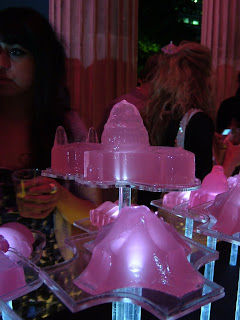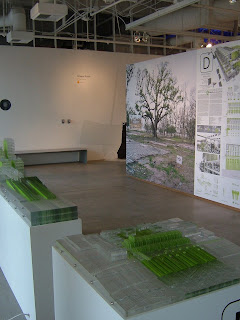
This year, unfortunately, I did not have enough time to investigate the London Festival of Architecture, but the little I saw of it, disappointed me slightly. For me, London's Festival of Architecture was always synonym for innovation, character and extravagance. Or at least, that is what I would expect to see. It should have the audacity and guts to push the boundaries outside of our expectations. The street installations I saw were a little too timid in my point of view and some, honestly, a bit amateurish, especially the events at Exhibition Road.

A few events did save my day though: the events at Montague Place such as the lovely food market and the installation 'This is Tomorrow Too' were relaxing and playful and invited the general public to interact. The Architectural Jelly Banquet at the Bartlett School of Architecture was also a fun surprise and showed that the architectural world was able to take themselves not too seriously sometimes, which culminated in a jelly wrestling competition and some fantastic unofficial jelly battles!



